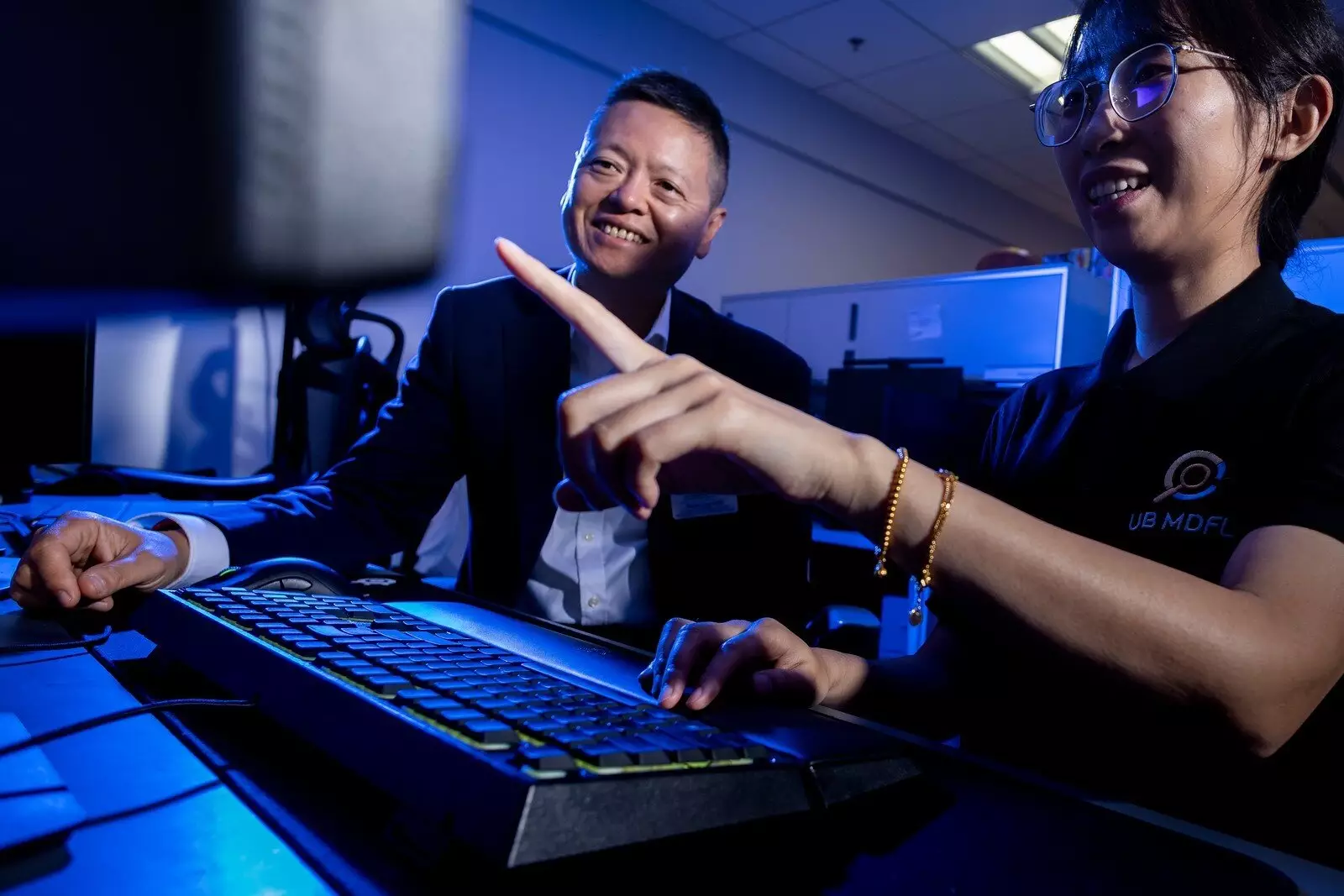In our increasingly digitized world, misinformation spreads at unprecedented rates. The viral nature of content on social media platforms can lead to rampant misconceptions that affect public opinion, political discourse, and societal trust. As fabricated images, videos, and audio clips become more convincing through advanced artificial intelligence, verifying the authenticity of media is more critical than ever. Unfortunately, the sophisticated tools needed for debunking these digital forgeries have primarily remained in the hands of researchers. Among them, Siwei Lyu, a deepfake expert at the University at Buffalo, is shining a light on this issue by bringing these powerful detection tools to the public.
Lyu and his team at the UB Media Forensics Lab have created the DeepFake-o-Meter, a user-friendly, open-source platform designed to democratize access to advanced deepfake detection technology. The platform allows users—ranging from ordinary citizens to journalists and law enforcement officials—to upload media files and receive quick analyses of their authenticity. This initiative aims to dismantle the barriers between academic research and practical application, showcasing the potential for scientific advancements to serve the public interest.
The DeepFake-o-Meter represents a significant shift in how we approach the verification of digital content. Users simply must create a free account, upload a file, and select from various detection algorithms, each characterized by metrics such as accuracy and processing time. The analysis is typically completed in under a minute, providing immediate insights that can prevent the spread of potentially damaging misinformation.
A notable feature of the DeepFake-o-Meter is its commitment to transparency. Users are presented with the algorithms’ source code, reinforcing the tool’s reliability and openness. This contrasts sharply with other detection tools, which often provide results without disclosing the methodologies behind them. Lyu emphasizes that transparency is vital in cultivating trust among users who rely on these analytics. By offering a diverse range of algorithmic perspectives, the DeepFake-o-Meter allows users to make informed decisions rather than relying on a single, potentially biased output.
The initial deployment of the DeepFake-o-Meter has already shown potential, with over 6,300 submissions since its launch. High-profile analyses, such as a controversial audio clip featuring a deepfake of President Biden, highlight the tool’s practical implications. As these deepfakes continue to infiltrate the media landscape, innovative solutions like the DeepFake-o-Meter will be essential in combating misinformation.
In a unique twist, the DeepFake-o-Meter also prompts users to consider sharing their uploaded media with researchers. This feature enhances the tool’s applicability by enabling ongoing research into various types of media that users suspect may be manipulated. Around 90% of media submissions to the tool are pre-identified by users as potentially fake, demonstrating a shared concern about misinformation’s spread and reflecting the evolving media literacy of the public.
As Lyu notes, the algorithms must continuously evolve to reflect the dynamic nature of deepfake technology. The importance of real-world data cannot be overstated; it is through actual media circulating in society that algorithms can be refined to maintain their efficacy against new, sophisticated forgeries.
While Lyu’s work on the DeepFake-o-Meter currently centers around detection, he envisions expanding its capabilities to identify the specific AI tools used to create deepfakes. Such advancements could shed light on the motives and identities behind misleading media, contributing a crucial layer of context that detection alone cannot provide.
Yet, despite the promise of detection algorithms, Lyu remains realistic about their limitations. “Humans possess a semantic understanding of reality that algorithms do not,” he explains. The intersection of human intuition and algorithmic analysis offers the most promising approach to navigating the complexities of digital misinformation. As such, he hopes to foster an online community where users can share insights and experiences, resembling a “marketplace for deepfake bounty hunters.”
In a world where misinformation can alter perceptions and complicate societal structures, tools like the DeepFake-o-Meter represent a significant step forward in ensuring media integrity. By democratizing access to advanced technology, fostering collaboration between the public and research communities, and enhancing transparency in detection methodologies, Lyu and his team are empowering individuals to actively engage in the fight against deception in digital media. This initiative is not just about detecting fakes—it’s about fostering a culture of critical analysis and informed decision-making in an era where the stakes have never been higher.

